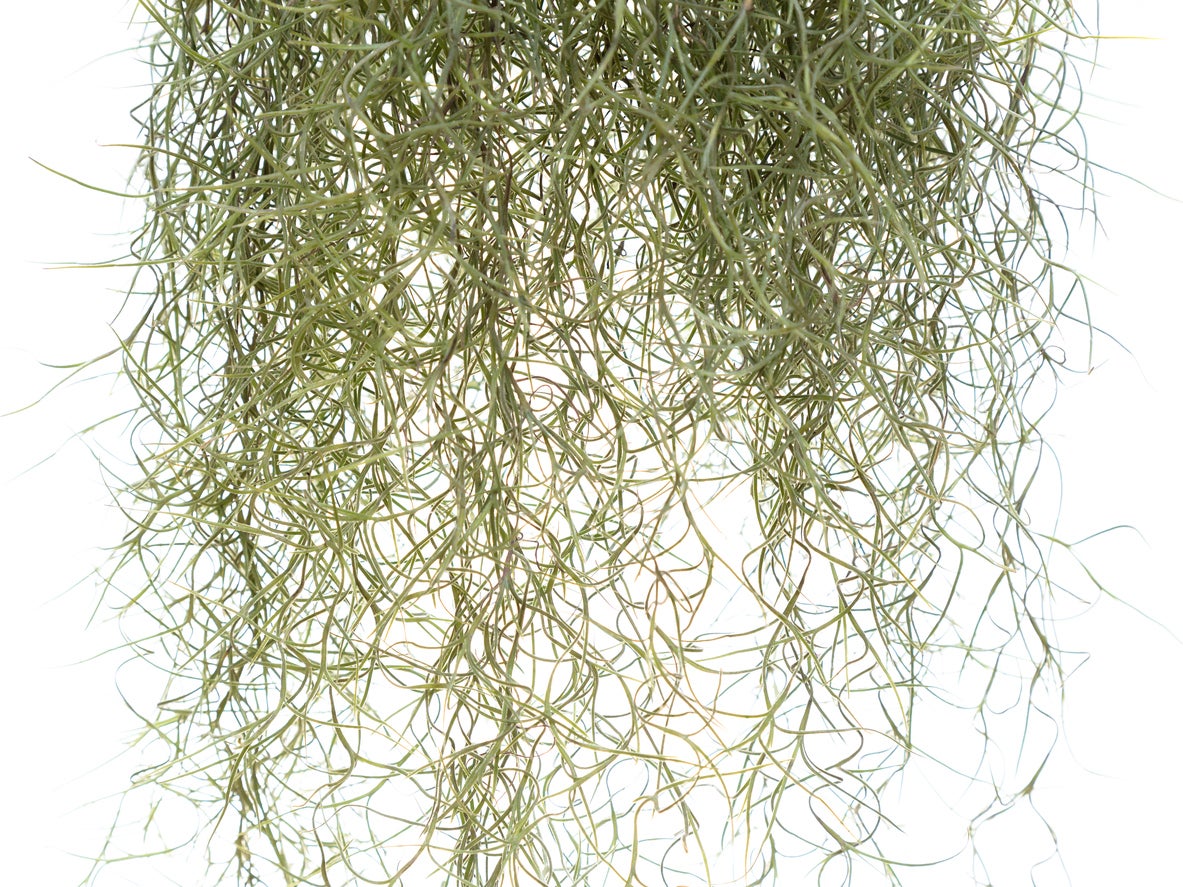Pecan Spanish Moss Control – Is Spanish Moss Bad For Pecans


Spanish moss is a rootless plant with stringy, whisker-like growth that often droops from tree limbs. It is abundant along the southwest coastal area of the United States, extending from southern Virginia to eastern Texas. Is Spanish moss bad for pecans? Spanish moss isn’t a parasite because it takes nutrients from the air and debris that collects on the tree, not from the tree itself. It uses the tree only for support. However, Spanish moss on pecans can cause serious trouble when it grows so thick that it inhibits growth of the nuts. Additionally, a pecan tree with Spanish moss may suffer broken branches if the weight of the moss is great, especially when the moss is wet and heavy after a rainfall. A thick growth of Spanish moss can also prevent sun from reaching the leaves. Read on and learn what you can do about pecans and Spanish moss.
Managing Pecans and Spanish Moss
Currently, there are no chemical herbicides labeled for controlling Spanish moss on pecans in the United States, although some growers report success by spraying copper sulfate, potassium, or a mixture of baking soda and water. Any spray should be used with great care to avoid harming pecan trees or surrounding plants. Your local cooperative extension office is a good source of information. Most growers find that simple manual removal is the best means of pecan Spanish moss control. One of the easiest ways to remove Spanish moss on pecans is to use a long-handled rake or a long pole with a hook at the end. However, this can be quite a chore if you have a large number of pecan trees, or if taller trees are out of reach. In this case, it’s a good idea to hire an arborist or a tree company with a bucket truck. With the proper equipment, removing Spanish moss on pecans is a simple task.
Sign up for the Gardening Know How newsletter today and receive a free copy of our e-book "How to Grow Delicious Tomatoes".

A Credentialed Garden Writer, Mary H. Dyer was with Gardening Know How in the very beginning, publishing articles as early as 2007.